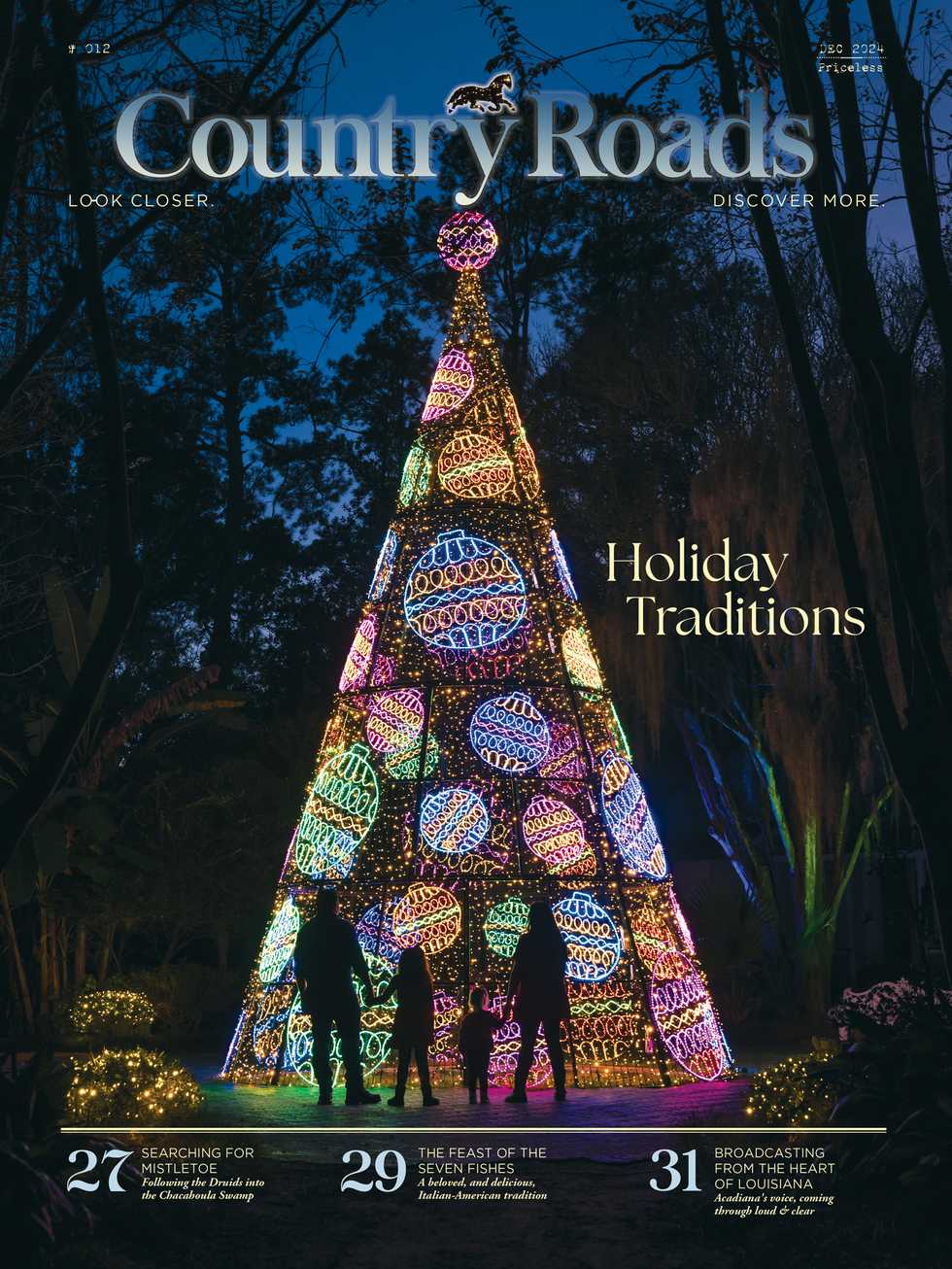
Poinsettia
The Origins of the Poinsettia in America
Poinsettias originated in Mexico, having been introduced to Louisiana in the mid 1820s by the U.S. ambassador to Mexico, Joel Poinsett. With leaves that turn brilliant red as the days grow shorter, poinsettias quickly became a holiday tradition in America.
I, for one, can never refuse a poinsettia. Their unique wintertime crimson leaves remind of me of Christmases past shared with family and friends. Long after the last morsel of holiday food is eaten and there’s nothing left but crumbs in the Christmas-goodie tin, a well-cared-for poinsettia provides a beautiful reminder of the season. There are just a few easy tips to take into consideration.
How to Choose the Perfect Poinsettia
First, choose a high-quality plant. Look for plants with six or more of the red leaves, called bracts. Then, check to see that the lower green leaves extend well beyond the edge of the pot, indicating a healthy specimen. Cyathia, the green flowered parts in the center of the bracts, indicate the age of the plant and the length of time it has been sitting on the shelf; look for cyathia that are not yet full of pollen and sap.
How to Care for Your Poinsettia This Holiday Season
Once you’ve chosen the perfect poinsettia and taken it home, place it where it will receive some direct sunlight during the day. Remember that these plants were grown in a greenhouse and are accustomed to temperatures between 70 and 75 degrees during the day and around 65 degrees at night. Mimicking those temperatures indoors increases longevity. Placing the poinsettias in a clay saucer filled with rocks and a little water provides the humidity that these plants love. Make certain that the water level does not touch the bottom of the plant so that the roots don’t rot.
How to Care for Your Poinsettia All Year Long
With proper care, your plant should thrive until January, at which time the leaves will begin to fade and drop off. Never fear. Just place the pot in a warm place in the house and allow the soil to dry out; the plant will slowly go dormant. Sometime in March or April, repot the plant, cut the stems back to about four inches above the soil, and move the plant outdoors. In South Louisiana, where mild winters offer the perfect habitat, you may incorporate the plant into your landscape. (Whether you place the plant outside in its pot or plant it in the landscape, choose a southern exposure so that the plant is protected from the north wind and hard freezes. The plants can withstand temperatures as low as 40 degrees, but the lower stems and roots require protection during freezing temperatures in order to ensure re-growth.) Within just a few short weeks, new growth will occur; when the new leaves have grown to four to six inches in length, pinch the terminal ends of each stem to encourage lateral branching, which keeps the plant short. No more pruning is necessary past September 1.
In order for the plant’s green leaves to turn that beautiful ruby-red color, poinsettias require fourteen hours of continued darkness each night between September 15 and October 1. This darkness forces the plant to “flower” in time for the holiday season. Whether you’ve placed your plant in a pot or in the landscape, cover the plant with a dark, lightweight sheet, making sure to shield the plant from any type of artificial light like headlights, floodlights, or porch lights. By mid-November, your poinsettia will be ready to grace your holiday table or to be the center of attention in your holiday landscape.
Wendy Wilson Billiot is a freelance writer and owner of Bayou Woman Adventures. She can be reached via her website bayouwoman.com.

